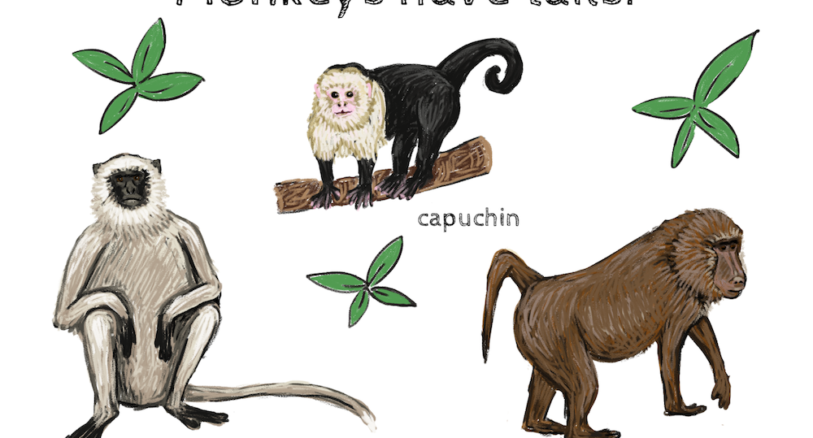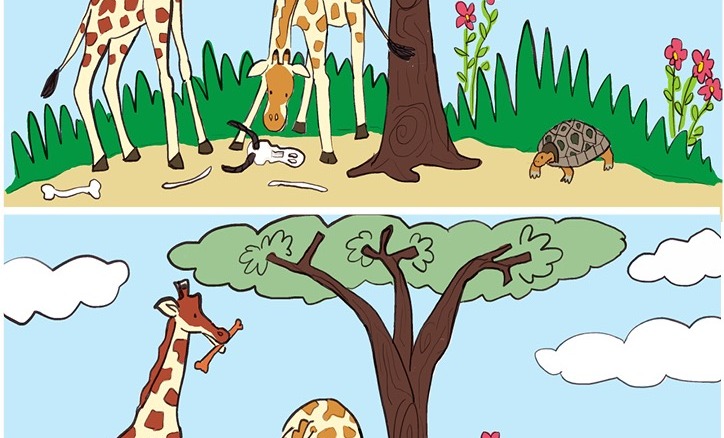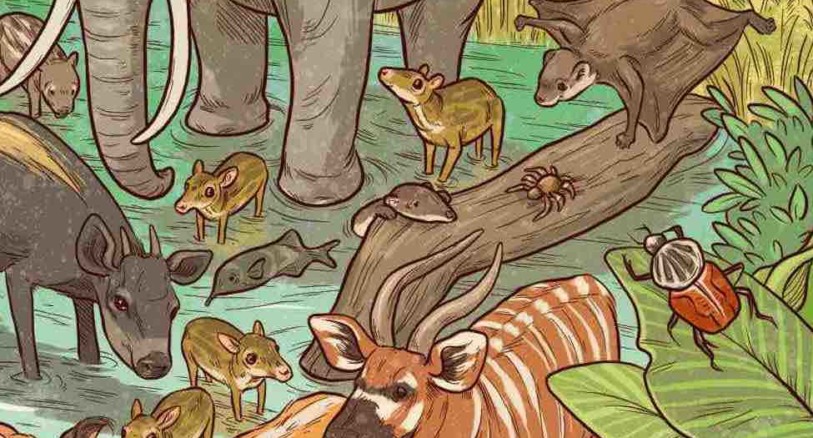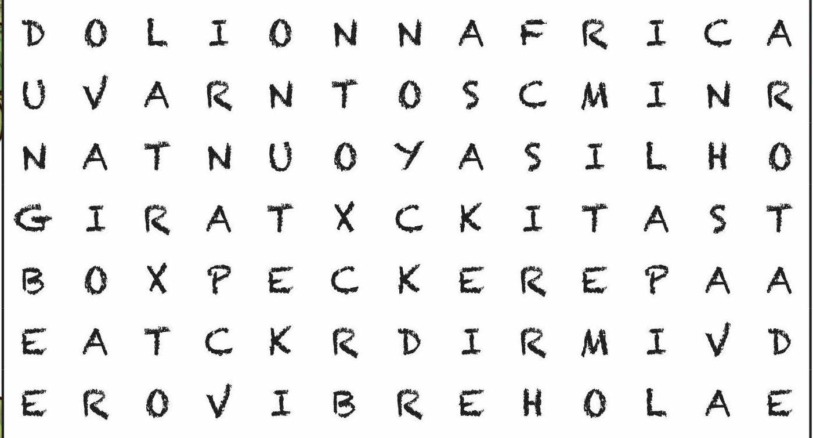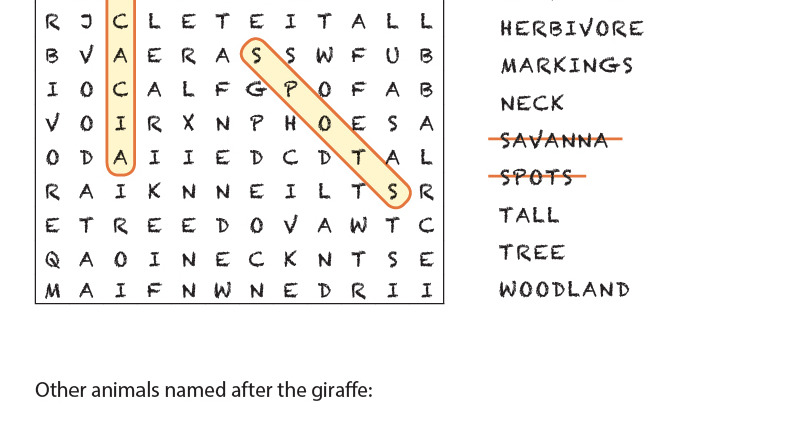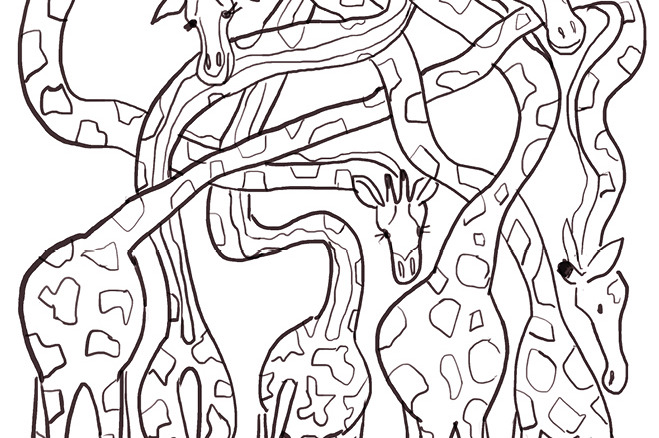Most of Earth’s plants grow from seeds.
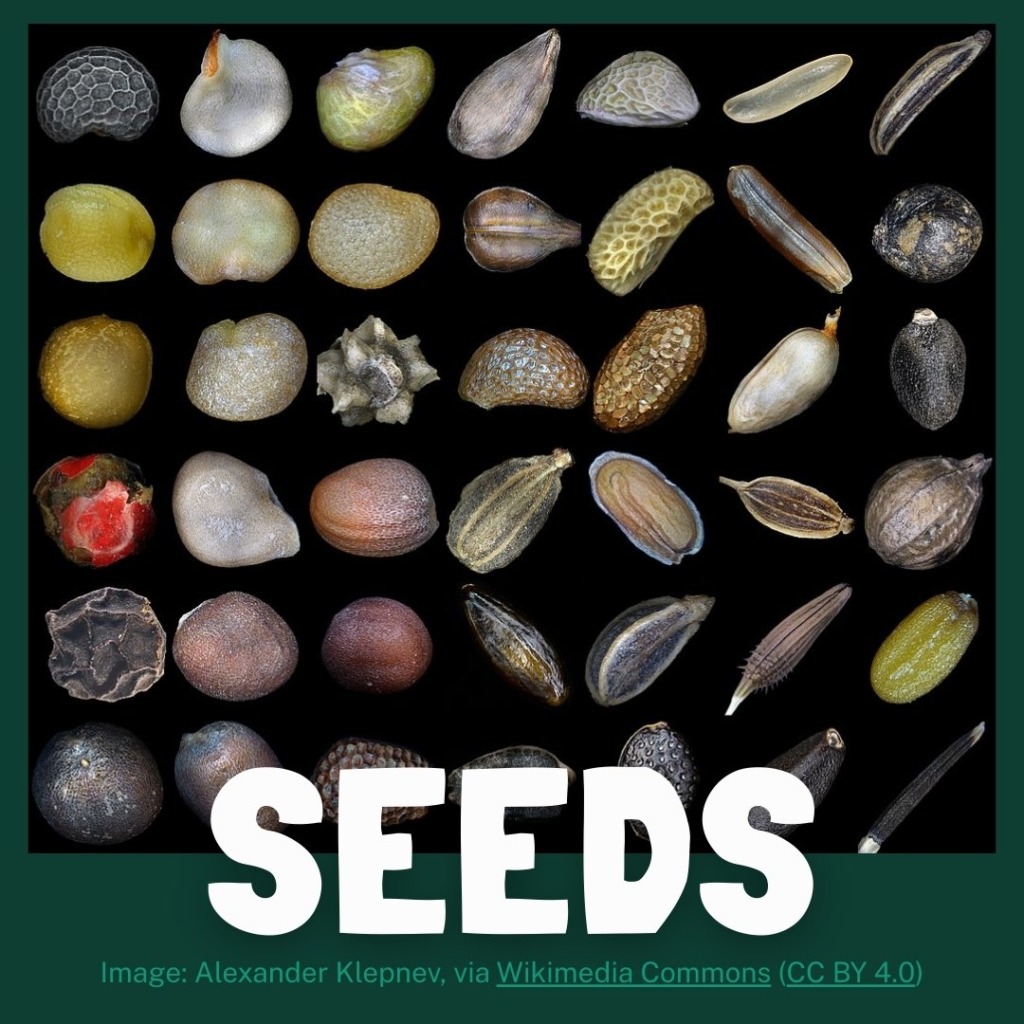
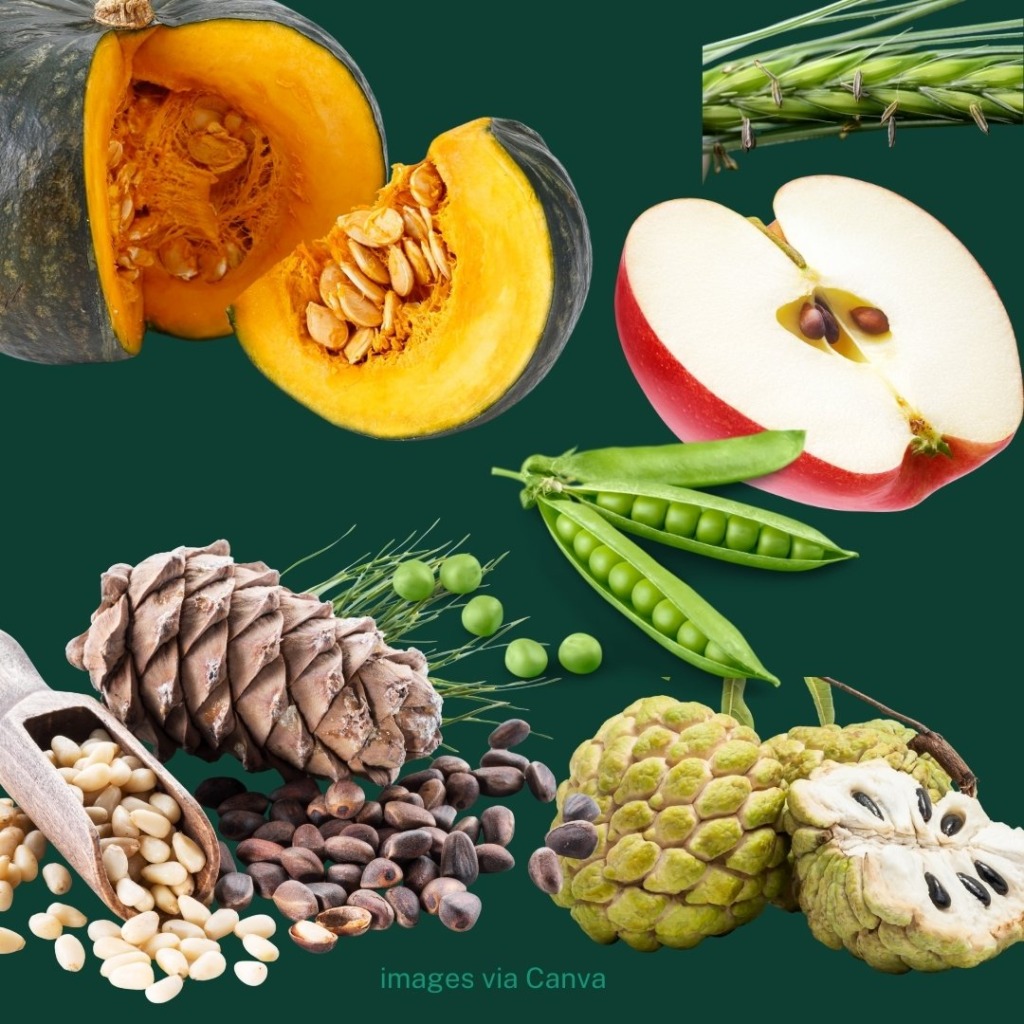
Left: Image of a variety of seeds by Alexander Klepnev, via Wikimedia Commons (CC BY 4.0).
To grow, seedlings (young plants) need nutrients, water, light, and space. If a plant dropped all of its seeds right below or next to itself, its seedlings would have to compete for these limited resources.
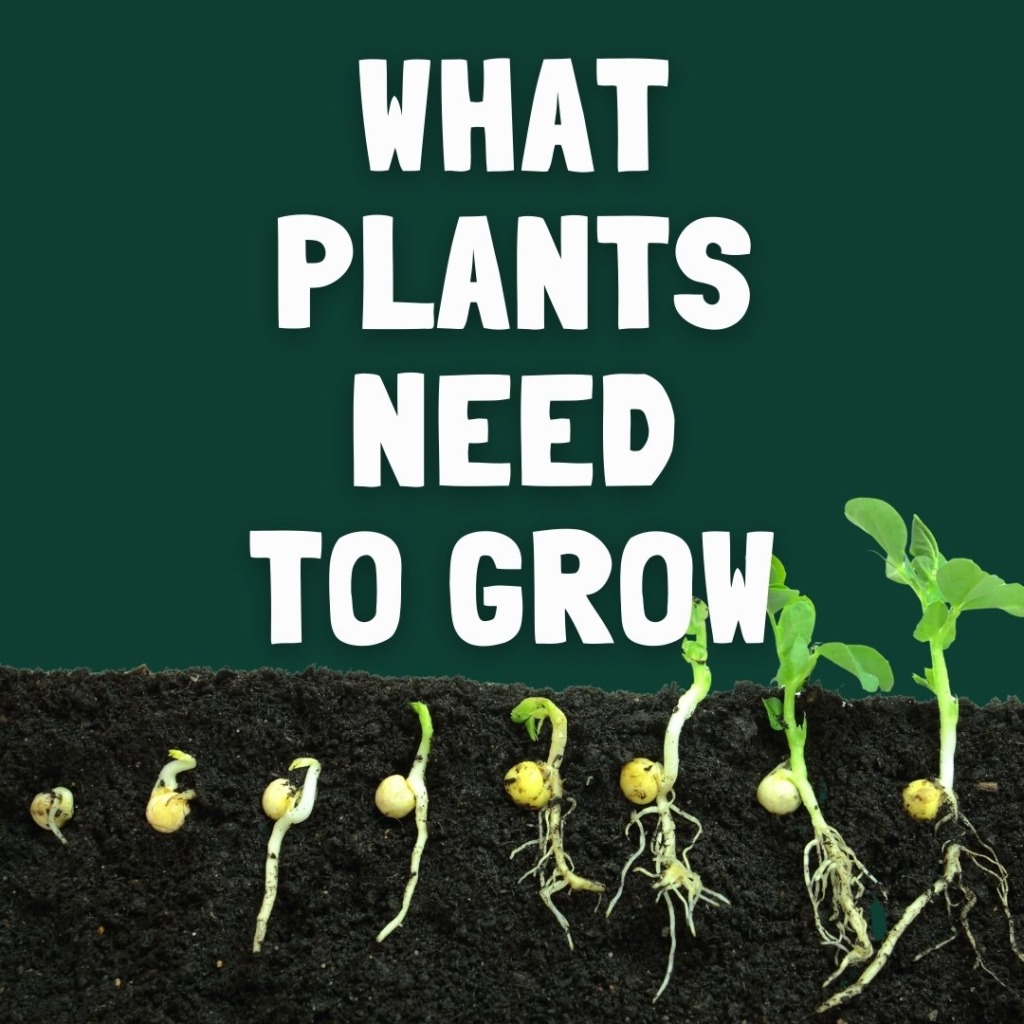
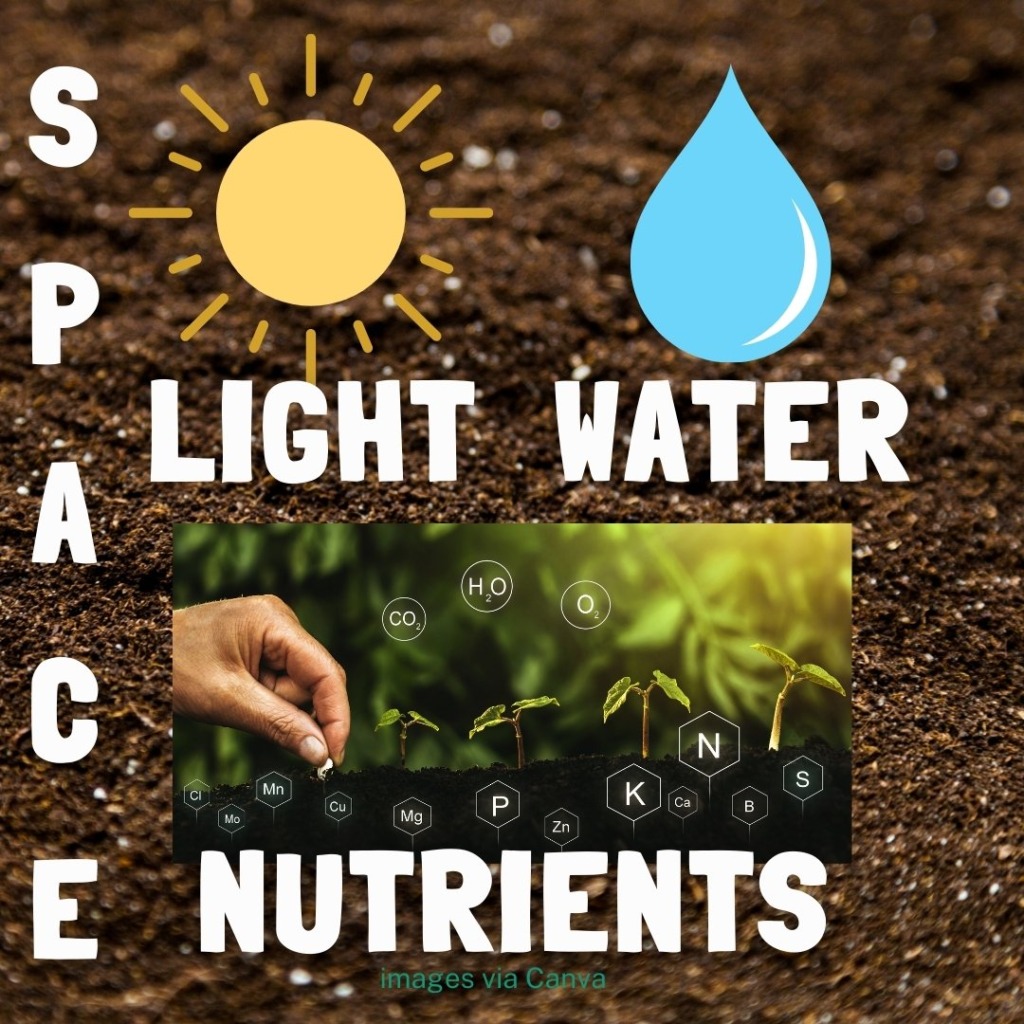
Images via Canva.
Think about it like this: Imagine if all 25 kids in a school class had to share one small pizza, a handful of books, and a few chairs — it would be an epic battle!
To get around the issue of direct competition, many plants have evolved traits that help them spread their seeds. How a seed moves away from its parent plant is called seed dispersal.
Amazing ways seeds can disperse
1. Traveling by wind

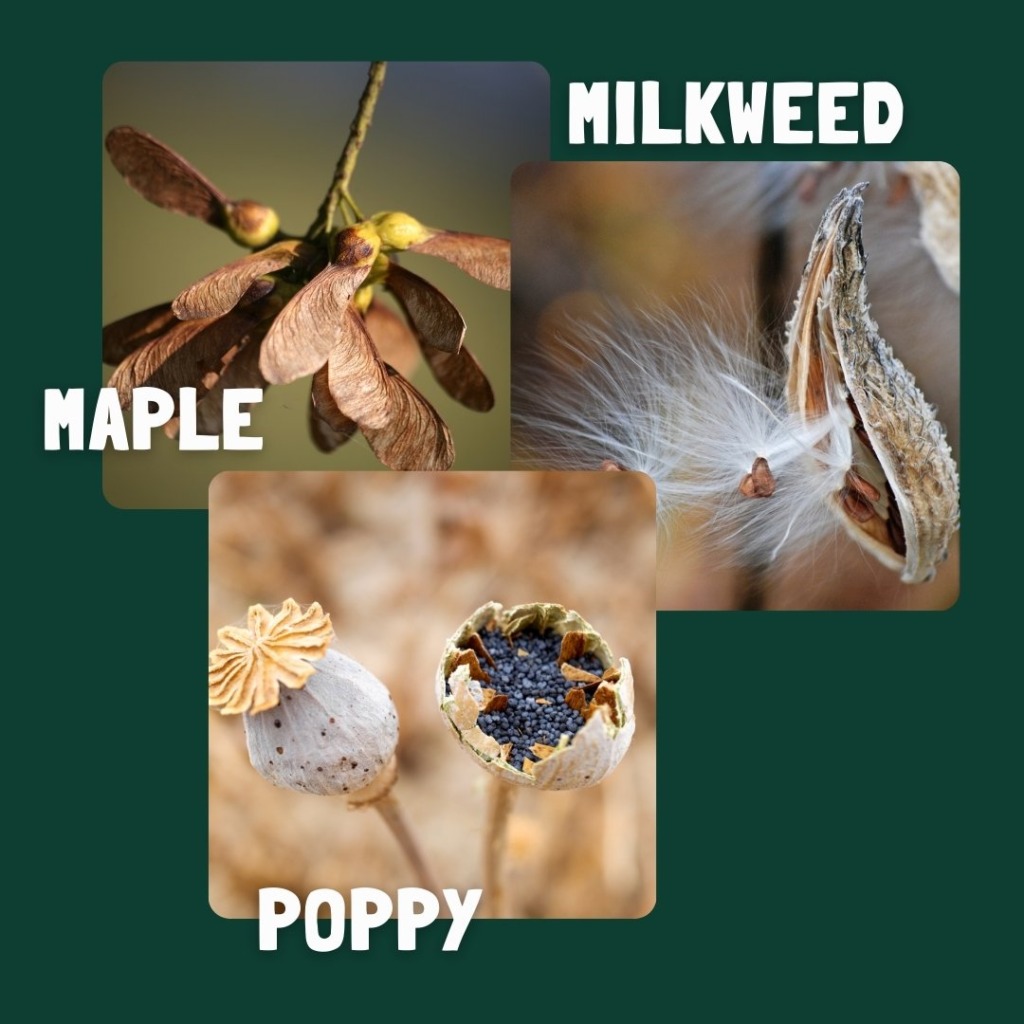
Images via Canva.
Some seeds have traits that help them spread by wind. They may be small and light or have fluffy fibers or wings that aid in flying. When maple seeds fall, their propeller-shaped wings help them fly like mini helicopters. Dandelion seeds are attached to umbrella-like structures that help them take off like Mary Poppins in a breeze.
2. Being eaten or hidden by an animal
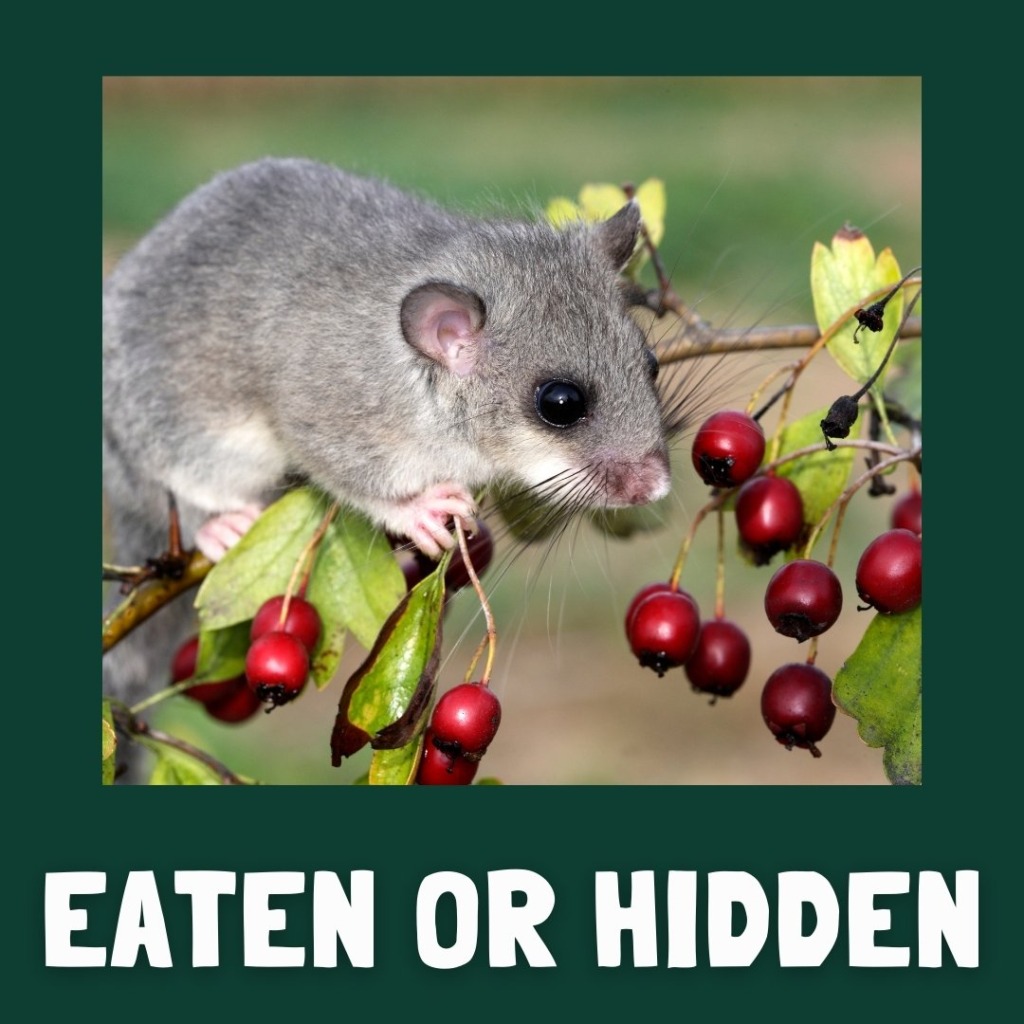
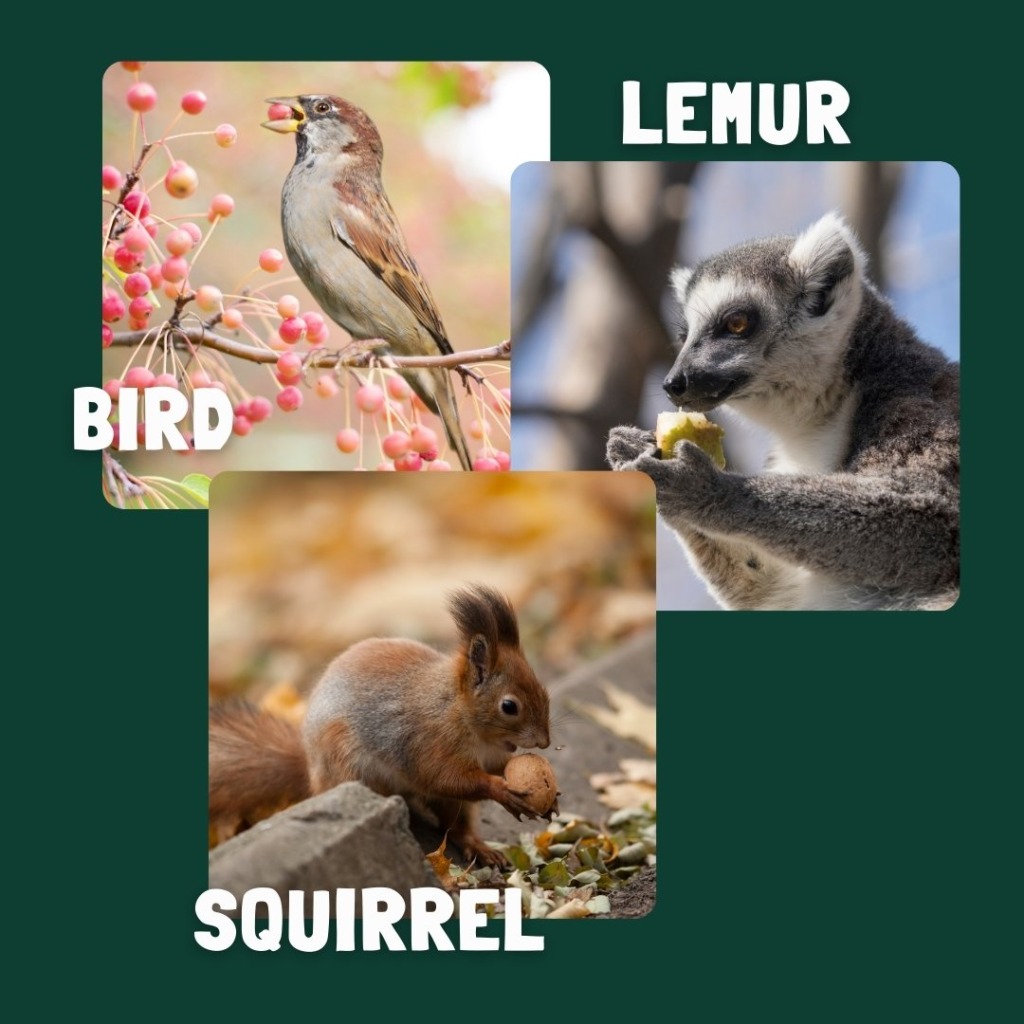
Images via Canva.
Seeds are an important part of many animals’ diets. The seeds of flowering plants are enclosed in tasty, colorful, and fragrant fruits. Birds are important seed spreaders. Squirrels bury — or cache — acorns. Some uneaten acorns will grow into new oak trees. Fruit bats, lemurs, elephants, and tapirs love eating fruit. They help forests grow by pooping on the move, depositing plant seeds in piles of natural fertilizer.
Did you know? Some seeds have a hard coating that needs to be scarified — or scratched up — to germinate. Passing through an animal’s gut helps these types of seeds grow.
3. Sticking to an animal
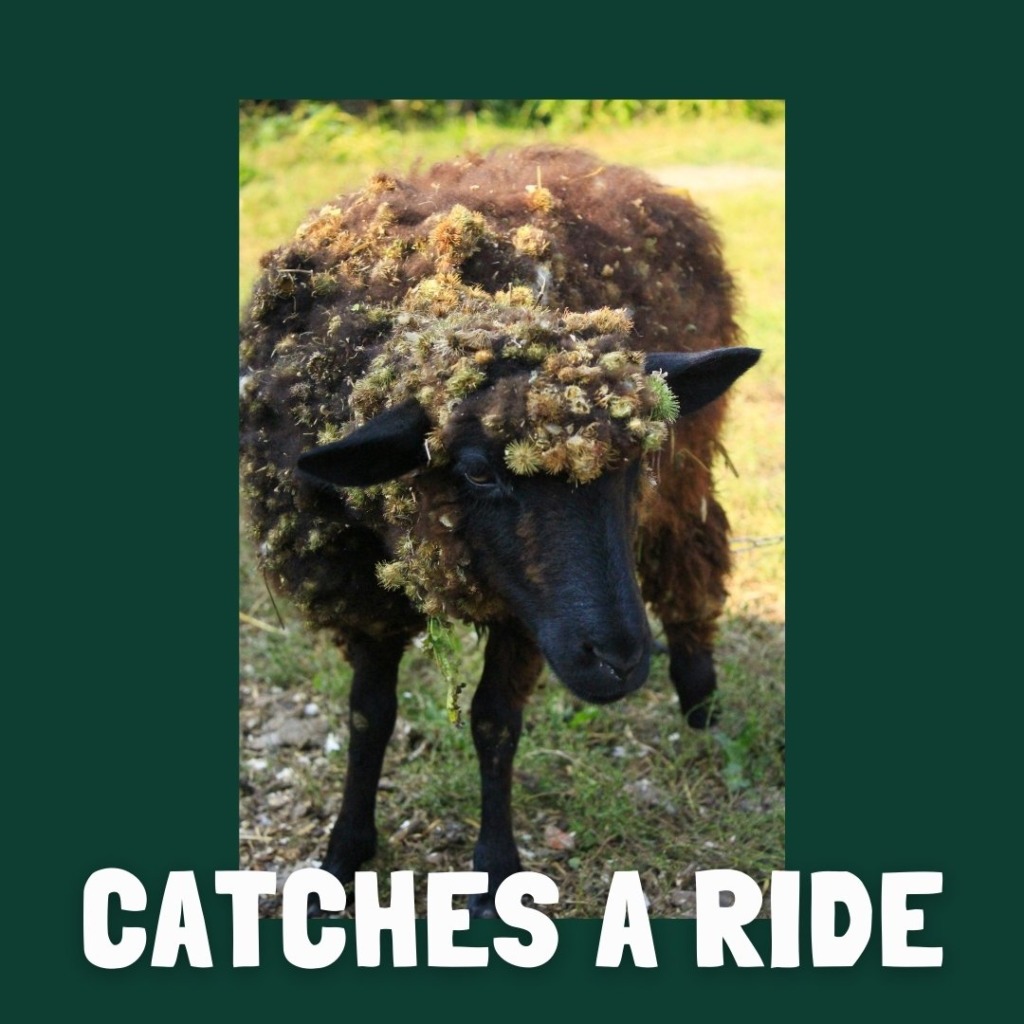
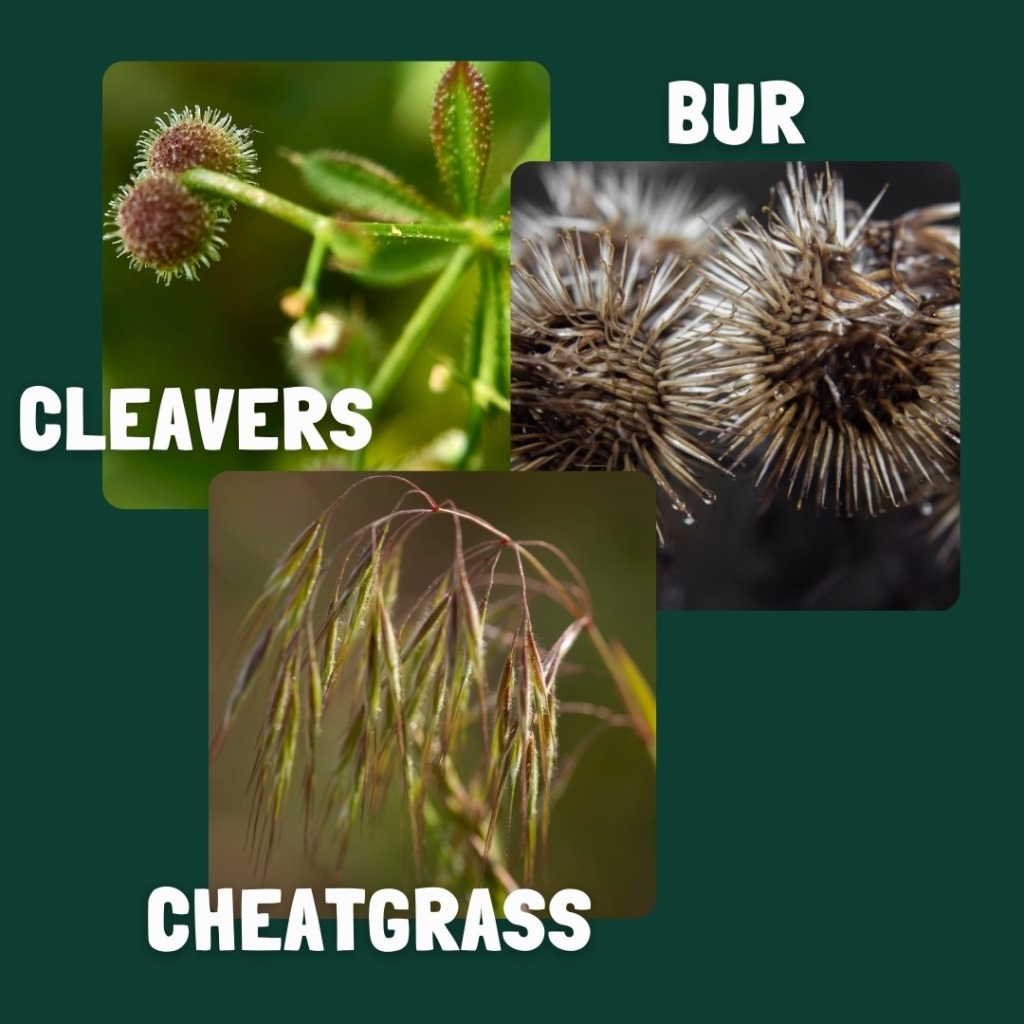
Images via Canva.
Animals spread seeds not only by eating them, but also by picking seeds up on their paws, hooves, and fur. Seeds that travel this way have little barbs or spines that help them stick to their animal carriers. Some examples are burs and the seeds of devil’s thorn.
4. Traveling by water
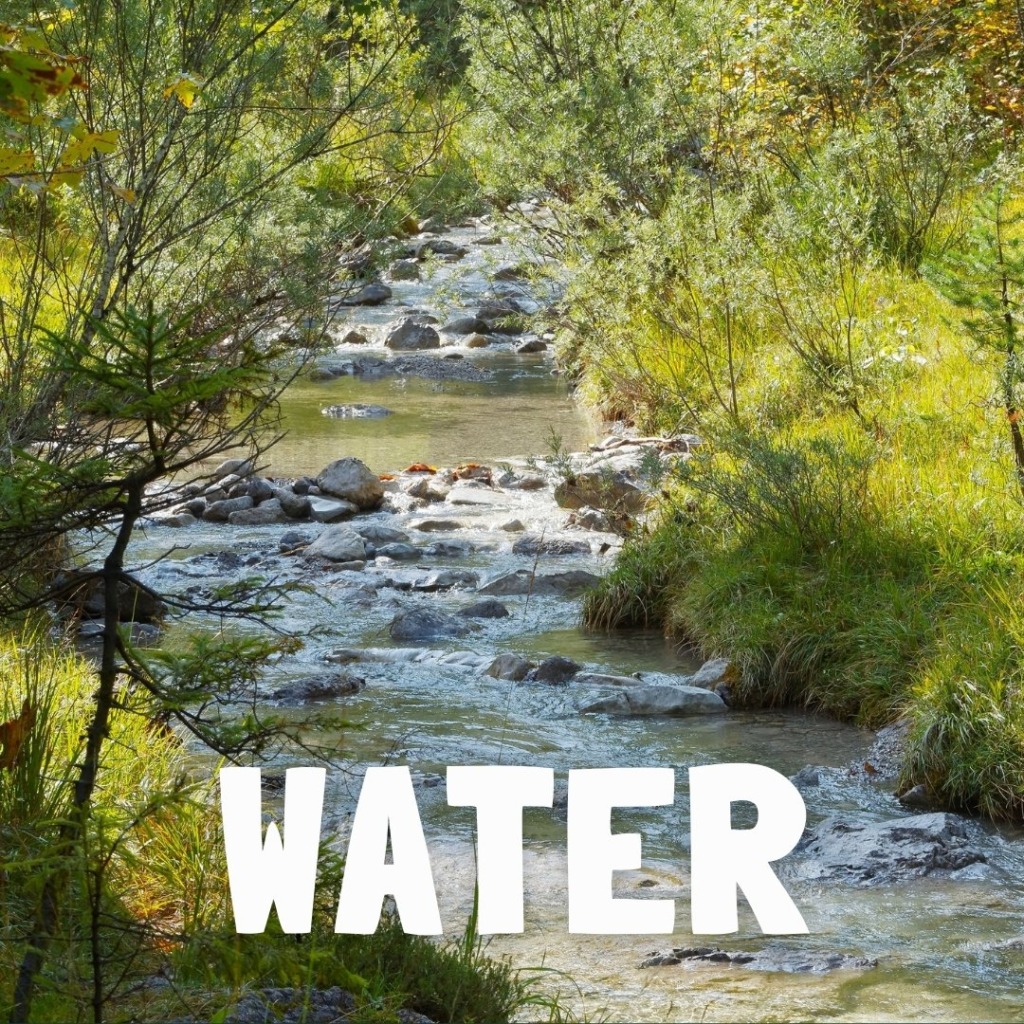

Images via Canva.
Have you ever noticed seeds floating in a pond, stream, or along the seashore? Moving by water is another way seeds can disperse. Currents carry buoyant coconuts to distant beaches. Lotus plants have floating seeds.
5. Exploding away from a parent plant

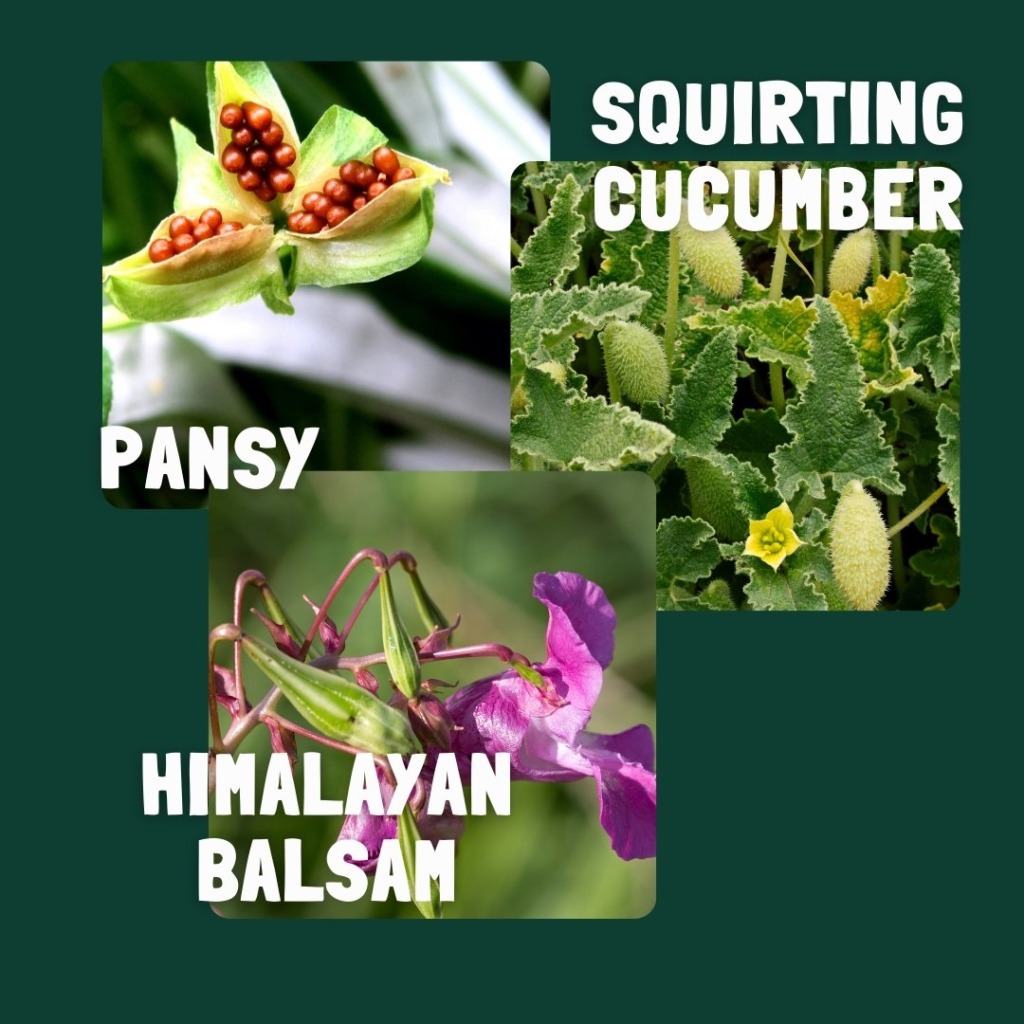
Images via Canva.
This dispersal method is pretty awesome. Some plants have seeds housed in pods or capsules that build up pressure as they mature or dry out. When their stored energy is released, it causes seeds to be propelled outwards away from the parent plant. Two weird and wacky examples are the squirting cucumber and the witch hazel plant, which shoots its seeds out like a foam bullet from a dart blaster.
Games
Based on what you’ve learned, match these seeds with their likely dispersal mechanism. Note: In this game, there is one correct answer, but in the real world, seeds can disperse by more than one method. For example, the fluffy seeds of a weeping willow tree are dispersed both by air and water.
Next, see how fast you can match each plant seed with its dispersal method!
Did you know? Some plant species are fire-adapted and need extreme heat or smoke to release seeds or to germinate. For example, some pine cones and Australian banksia cones release their seeds only after being exposed to fire.
More learning resources
Read
Article: When seed spreaders disappear, the web of life frays
Article: Aardvarks don’t just eat ants, they munch melons too
Article: How forest elephants are like glue
Story and video: Ring-tailed lemurs eat fruit, poop out seeds, and help forests grow
Watch
The Green Planet | BBC Earth video clip: These seeds can walk
The Green Planet | BBC Earth video clip: Sir David Attenborough Gives a Lesson on Seeds
Maddie Moat video: How do seeds get around?
National Park Singapore: Wind Dispersed Seeds

